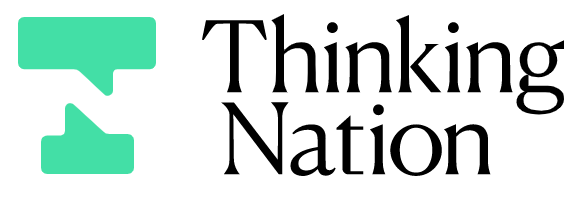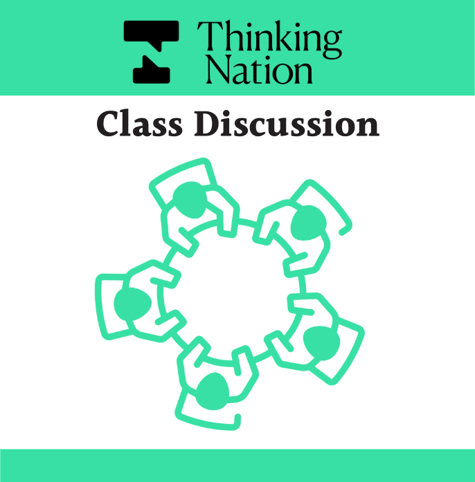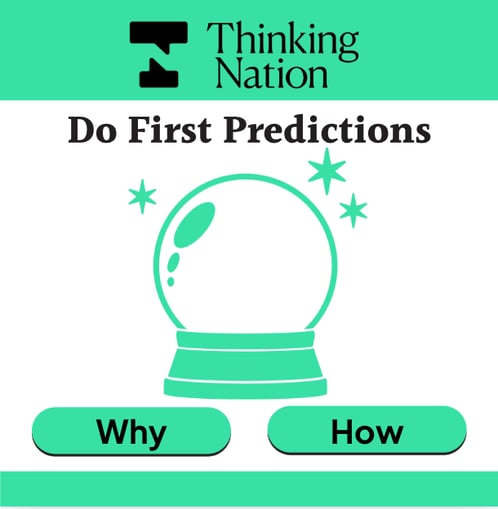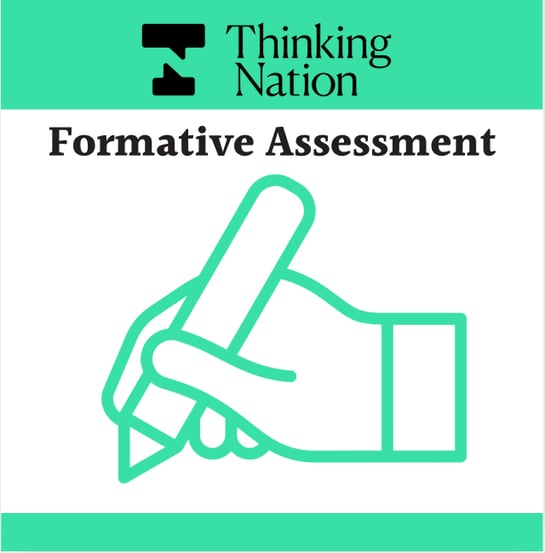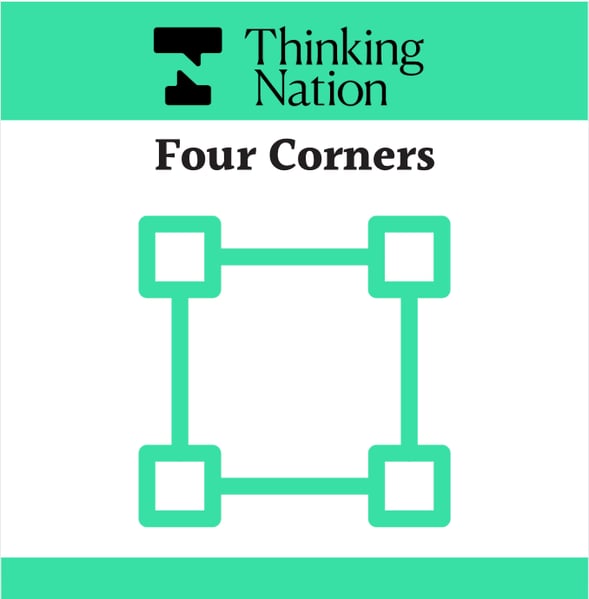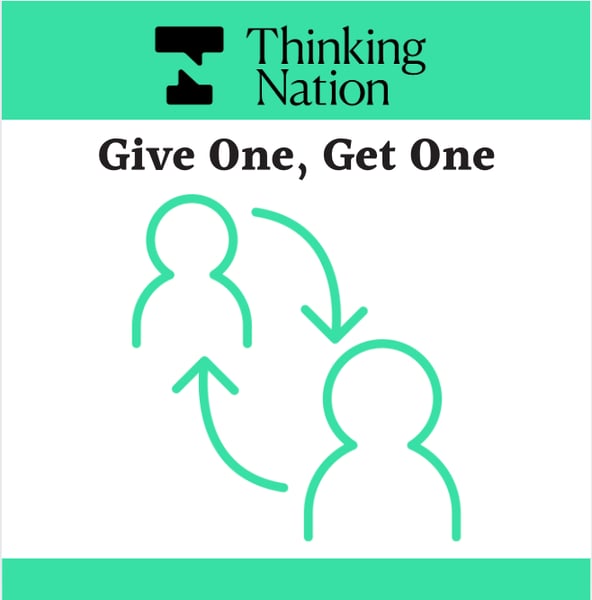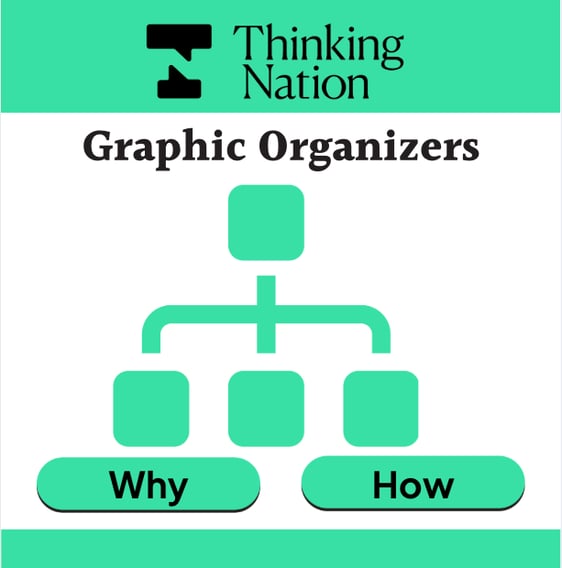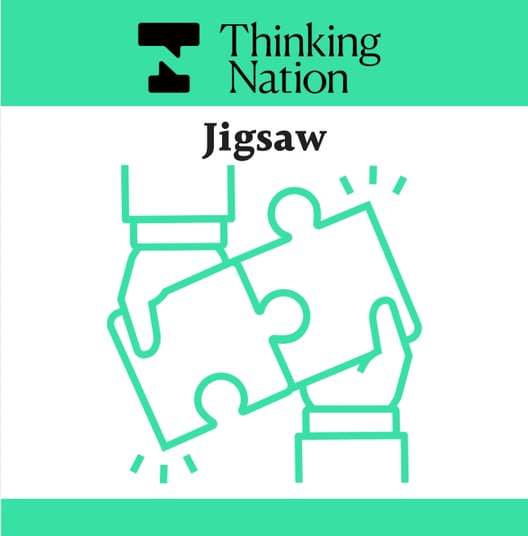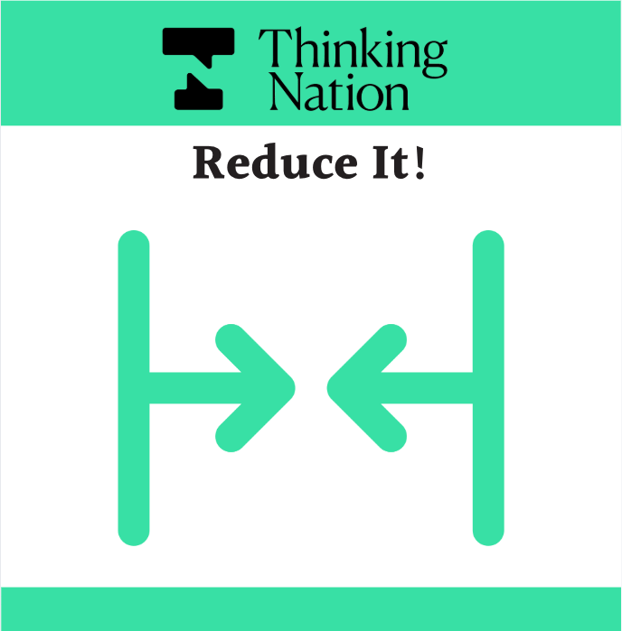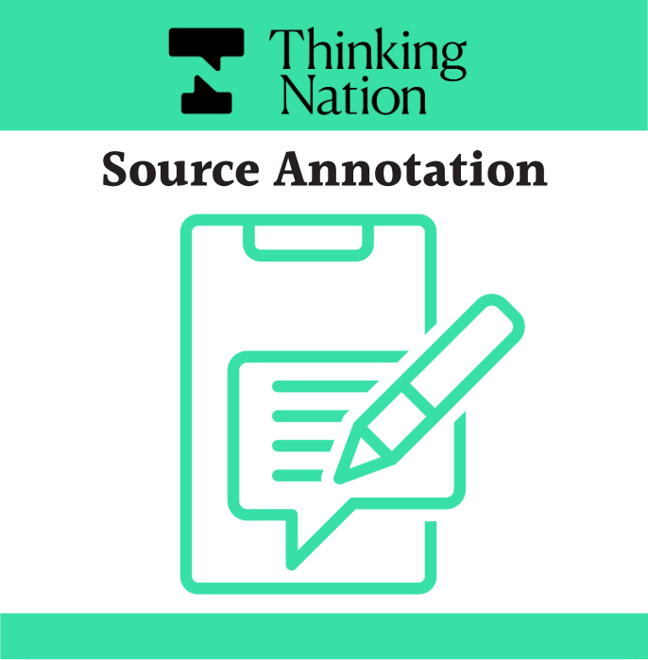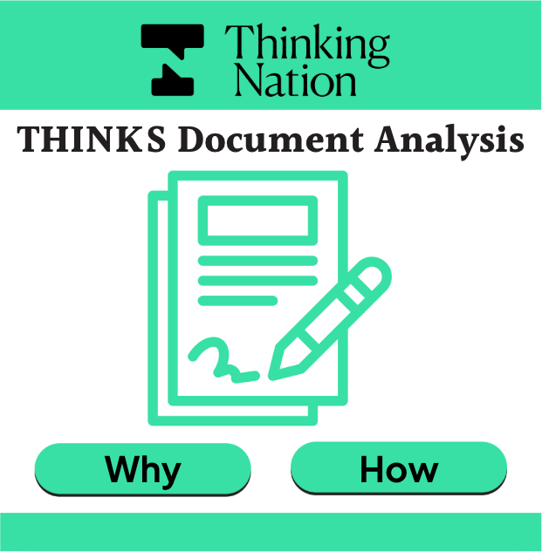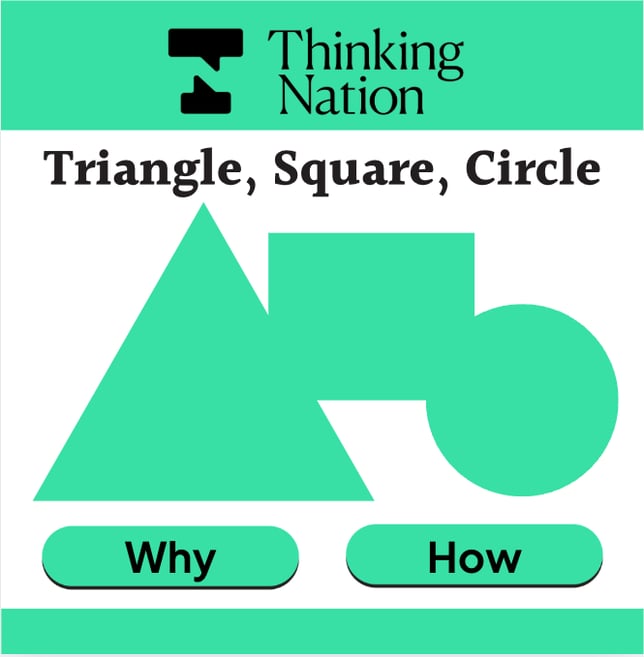
About Unit 6
💭 Essential Question: How did developments during the Early Republic (1789-1844) impact various groups living in the United States?
The Early Republic (1789-1844) explores the economic, technological, and political changes that transformed the United States in the years after the American Revolution and leading up to the Civil War. Students will examine how westward expansion, industrial growth, and transportation innovations created new opportunities for Americans looking to move west, entrepreneurs, and workers—while bringing displacement, labor exploitation, and inequality to Indigenous peoples, enslaved Africans, immigrants, and the working poor. The unit also explores the Age of Jackson, focusing on the expansion of democracy for some and the erosion of rights for others, as well as the growing political and regional divisions tied to slavery, class, and federal power. The unit ends with a curated research paper where students use their contextual knowledge of the period to analyze the various effects on individuals in the United States in this period.
%20(800%20x%20200%20px)-Jun-16-2025-03-52-14-7219-PM.png)
Formatives assessments are a powerful way to measure how your students are progressing towards identified learning objectives (Additional Video).
▶️ Video

Coming soon!
